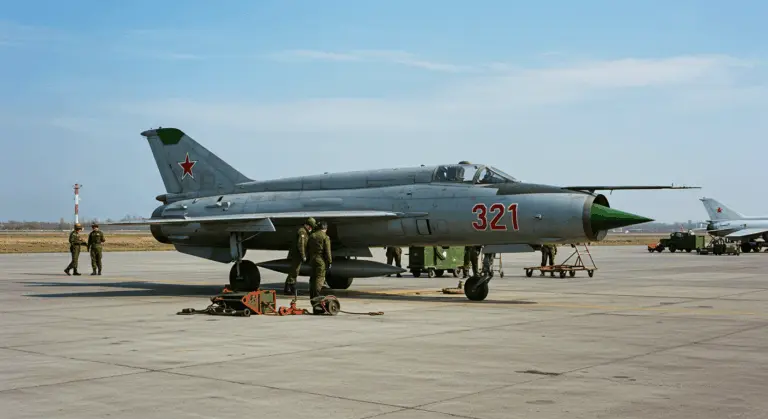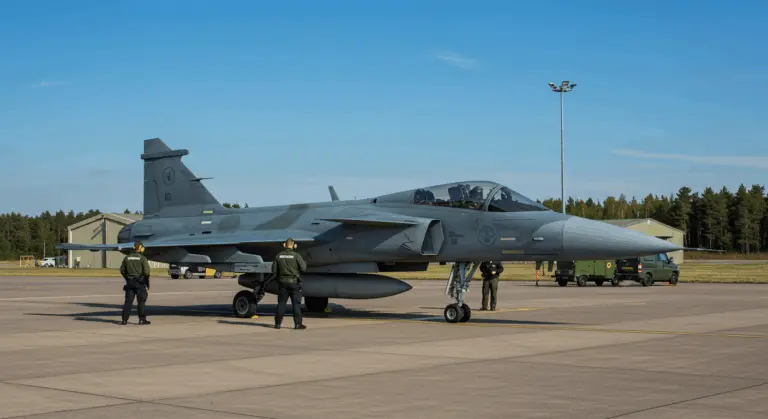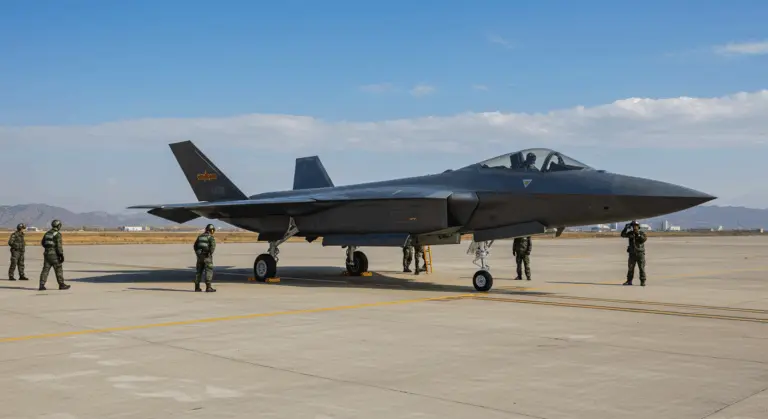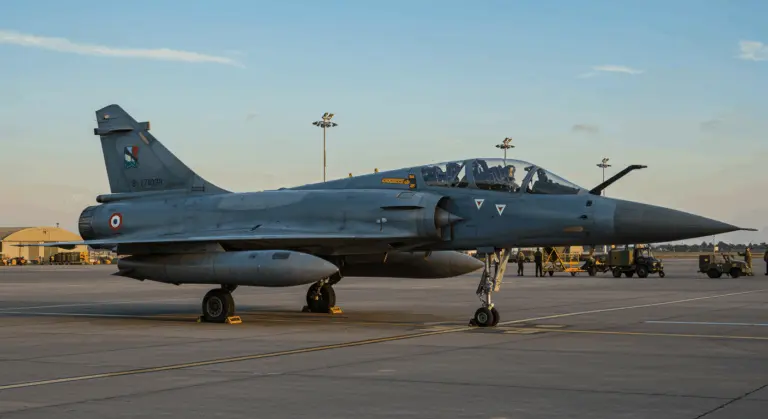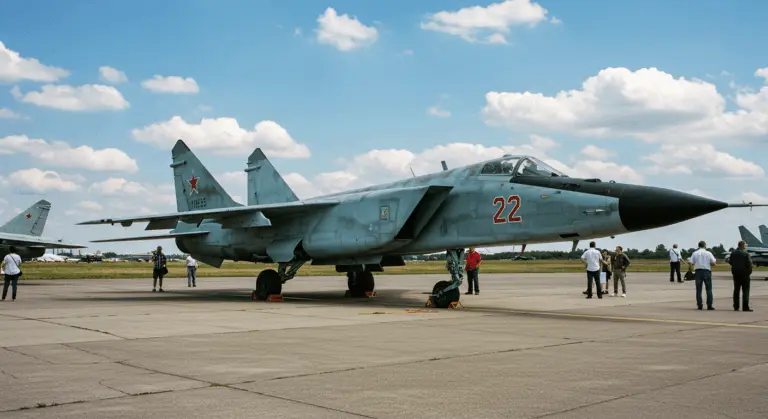Overview of the Hawker Hurricane
The Hawker Hurricane stands as one of history’s most iconic fighter aircraft, forming the backbone of Britain’s aerial defense during the pivotal 1940 Battle of Britain. This reliable workhorse proved instrumental in the Allied victory of 1945, serving across nearly every major theater of war. Remarkably versatile, it even found new life as a bomber when operational demands required such adaptation.
Development of the Hawker Hurricane
In the early 1930s, Hawker Aircraft began developing what would become the Hurricane under chief designer Sydney Came’s guidance. The project emerged from an Air Ministry requirement for a modern fighter capable of exceeding 250 mph—a formidable challenge for the era. Came’s design brilliantly incorporated the powerful Rolls-Royce Merlin engine alongside innovative features like retractable landing gear, dramatically reducing drag and enhancing performance.
The Hurricane’s development timeline progressed efficiently for such an advanced aircraft. Following the prototype’s successful first flight in November 1935, production commenced in earnest by 1936.
Prototype and Trials
At Hawker’s Brook lands facility in Surrey, England, engineers meticulously assembled the Hurricane prototype, designated K5083. November 6, 1935, became significant when the aircraft first took to the skies with Hawker’s chief test pilot George Bulman at the controls. This maiden flight launched an intensive evaluation period designed to assess the aircraft’s handling characteristics and overall performance capabilities.
Initial trials progressed steadily. By March 1936, the prototype had accumulated ten flying hours, with test pilots consistently reporting positive feedback regarding the Hurricane’s operational simplicity and responsive control systems—qualities later proven essential in combat. However, the early testing phase faced certain limitations due to the developmental status of the Rolls-Royce Merlin engine, itself a groundbreaking power plant still undergoing refinement.
Based on test flight data, engineers implemented several improvements before the aircraft was cleared for service trials at RAF Martlesham Heath:
-
Strengthening the wing structure
-
Enhancing engine cooling systems
-
Optimizing the armament configuration
Production and Variants
With over 14,000 aircraft built, the Hurricane’s production became one of World War II’s major manufacturing successes. Engineers developed numerous variants to meet rapidly evolving operational requirements throughout the conflict.
Notable variants included:
-
MK I: The primary model during the Battle of Britain.
-
MK II: Featured a more powerful Rolls-Royce Merlin XX engine.
-
MK IIA: Armed with eight .303-inch machine guns.
-
MK IIT: Armed with twelve .303-inch machine guns.
-
MK IIC: Armed with four 20mm cannons, effective against both air and ground targets.
The MK XII variant featured the Packard-built Merlin 29 engine, exemplifying the international nature of Hurricane production and development. Canadian Car & Foundry made particularly significant contributions, manufacturing substantial numbers including the MK XII variant.
Operational History of the Hawker Hurricane
The Hawker Hurricane left its mark in military aviation history through its extensive operational service during World War II. Most notably, it served as the Royal Air Force’s most numerous fighter during the pivotal Battle of Britain in 1940, during this decisive campaign.
Beyond Britain’s shores, the Hurricane served with distinction across diverse combat environments—from North Africa’s scorching deserts to the Far East’s humid jungles. To ensure reliability in these harsh conditions, many aircraft received tropical filters protecting their Merlin engines from sand and dust.
Battle of Britain Contributions
During the summer and autumn of 1940s Battle of Britain, the Hawker Hurricane formed the numerical backbone of RAF Fighter Command’s desperate defense against the Luftwaffe’s sustained assault. While the Spitfire often captures public imagination from this period, the Hurricane shouldered the greater burden, accounting for more than half of all enemy aircraft destroyed during this decisive campaign.
The Hurricane’s robust construction became especially important during this period’s intense combat. Its traditional structure—combining a steel tube fuselage with fabric-covered rear sections—demonstrated impressive ability to absorb battle damage while remaining airworthy.
RAF tactical doctrine during the battle often assigned Hurricanes to intercept German bomber formations while Spitfires engaged escorting Messerschmitt BF 109 fighters. This approach suited the Hurricane well—its stable gun platform characteristics and robust construction made it devastatingly effective against bomber aircraft.
Roles Beyond Fighter Operations
The Hawker Hurricane’s versatility extended far beyond its original interceptor role, evolving to fulfill numerous specialized combat functions as the war progressed. One of its most significant adaptations was as a ground attack aircraft, where later variants equipped with bomb racks and 20mm cannons became highly effective against enemy armor, transport, and infrastructure.
The Hurricane also demonstrated remarkable effectiveness in escort operations, particularly when protecting vulnerable transport and slower-moving aircraft. Its exceptional maneuverability and endurance made it ideally suited for maintaining protective coverage over these vulnerable formations.
The Hurricane adapted to even more specialized roles, including night fighting—where pilots developed innovative tactics to intercept nocturnal bombers—and naval operations as the Sea Hurricane. This adaptability showed the fundamental soundness of the aircraft’s original design philosophy.
Specifications of the Hawker Hurricane
Performance Characteristics
The Hawker Hurricane showed strong performance characteristics, making it a formidable combat aircraft throughout World War II. Maximum speed capabilities varied across different variants, with most models achieving approximately 340 mph (550 km/h) at optimal altitude.
Regarding operational ceiling, the Hurricane could reach approximately 36,000 feet (10,973 meters), enabling it to intercept high-altitude bombers and operate effectively across the full spectrum of combat altitudes. Its rate of climb was also notable, with the MK XII variant capable of ascending at about 2,520 feet per minute.
Legacy and Surviving Aircraft
The Hawker Hurricane holds an important place in aviation history, primarily through its decisive World War II contributions. Its pivotal role in the Battle of Britain established its reputation as the unsung hero of Britain’s finest hour.
Today, precious few surviving examples preserve the Hurricane’s legacy. Of the more than 14,000 built, only about 12 remain airworthy, with just 6 in the United Kingdom. Many more grace museum displays, offering important, physical connections to aviation history.
Preservation efforts continue to honor the Hurricane’s significance, with restoration projects occasionally bringing additional examples back to display condition or even airworthiness. These initiatives ensure future generations can appreciate the aircraft’s robust design, remarkable adaptability, and profound historical importance.

